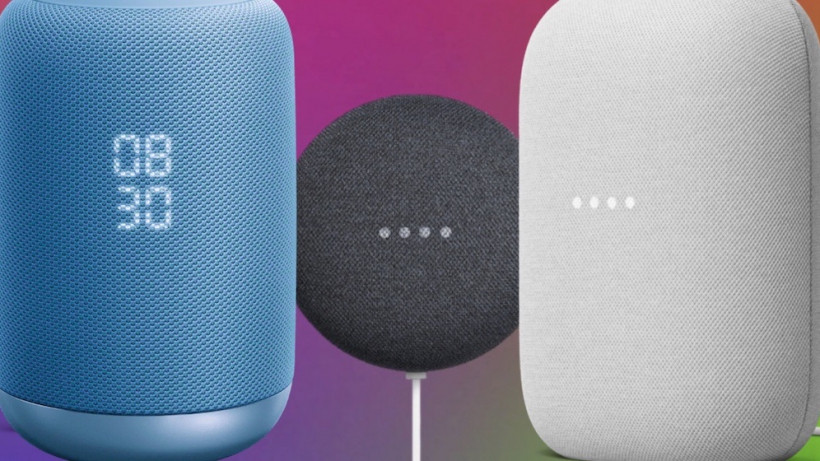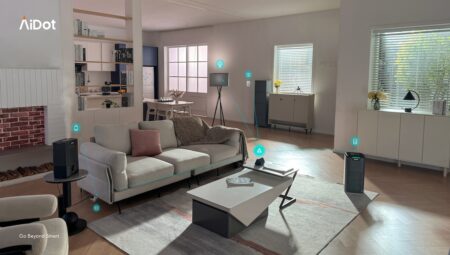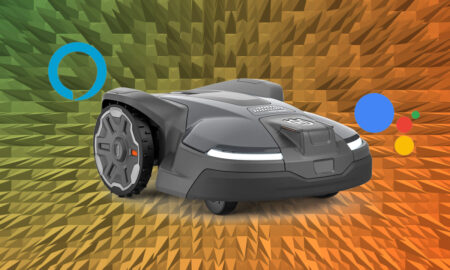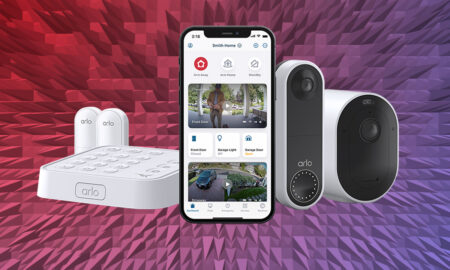How to get grooving with a Google Assistant powered multi-room audio setup
You might be forgiven for thinking that a Google Home or Nest smart speaker multi-room music setup may not be possible.
When you think of the best multi-room speakers, you probably think about a Sonos system, or one from other high-end audio brands – but that’s no longer the case.
Both Google and Amazon let you hook up connected speakers to build a voice-controlled multi-room sound system around your house.
Whether you have ageing Google Home smart speakers, the Nest Audio, some Google Nest Minis, third-party Assistant smart speakers or speakers with Chromecast built-in, you can get going with a Google multi-room system.
Here’s how to get started with a Google Home multiroom music system.
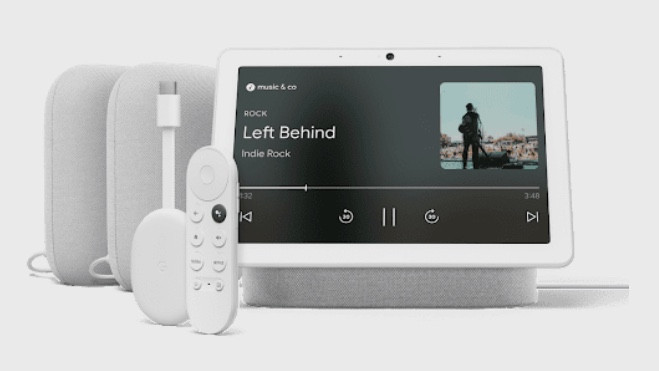
What works with Google multi-room?
Any Google or Nest-branded smart speaker will work with multi-room, as will many of the third-party speakers with Google Assistant built in.
Google’s lineup of Smart Displays, such as the Nest Hub Max and the 2nd-gen Nest Hub have it too. All Chromecast audio speakers or speakers with Chromecast built-in will also work together in a multi-room audio setup.
Even better, Chromecast dongles can also be added into speaker groupings, including the Google TV powered 4th-gen Chromecast with Google TV.
Google rebranded the setup ‘Audio Entertainment from Google’ a couple of years back. Bland brand name aside, the tech giant also now sells multipacks of smart speakers and devices to set up your multi-room system from the Google Store.
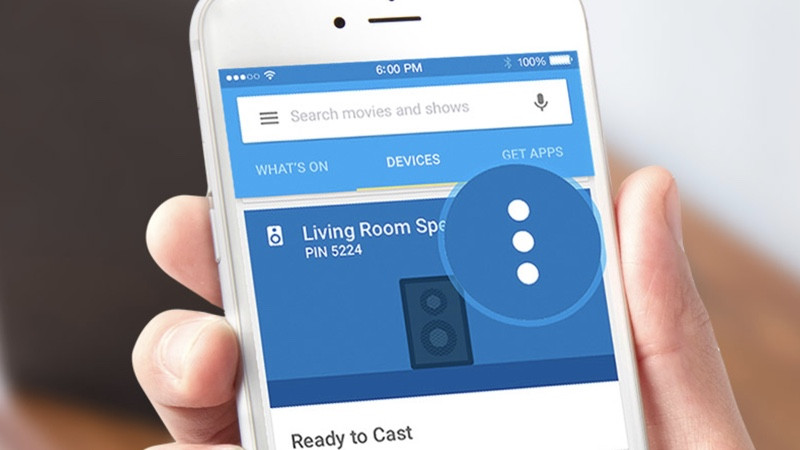
Here is a list of some of the speakers and AV systems that you can use in a Google Home multiroom music system:
- Google Home
- Google Home Max
- Google Nest Mini
- Google Home Mini
- Nest Audio
- Nest Hub
- Nest Hub Max
- Nest Wi-Fi
- Chromecast Ultra
- JBL Link 300
- Etonair 4
- Jensen JSB-1000
- Sony LF-S50G
- Lithe IO1
- Marshall Stanmore II
- Marshall Uxbridge Voice
- Harman Kardon Citation 300
- Polk Magnifi Mini
- Pole Magnifi Max
- B&O Beosound 2
- B&O Beoplay M5
- B&O Beosound Edge
- Audio Pro C10 MkII
- Onkyo TX-NR696
- Onkyo TX-RZ840
- Sony STR-DN1080
- Sony STR-ZA810ES
- Sony SRS-RA3000
- Bose Home Speaker 300, 450, 500
- Bose Portable Smart Speaker
- Bose Smart Soundbar 300, 500, 600, 700, 900
- Integra DSX-3
- Integra DRX-7.1
- Vizio Sound Bar
Placing your speakers around your house
To get going, you’ll want to group together your speakers, or ‘audio devices’. We’d recommend spending some time deciding where you want each speaker first – you can also set up a stereo pair if you don’t want multi-room or, indeed, a stereo pair within a multi-room system.
Also think about where the voice-activated smart speakers will sit for controlling the music if you have a mix of Assistant and Chromecast built-in speakers.
Basic Google multi-room controls
The easiest way to get started is to simply control your speakers with your voice.
You already knew that you could say things like, “Ok Google, play some Metallica” or “Hey Google, play some classical music” within earshot of a Google or Nest smart speaker, right?
Did you also know that you can move your music using your voice – “Hey Google, move the music to the kitchen” and so on? Google calls this “Stream Transfer”.
You can take that further by saying, “Ok Google, play the music on all my speakers” or you can be more specific by using preset speaker groups.
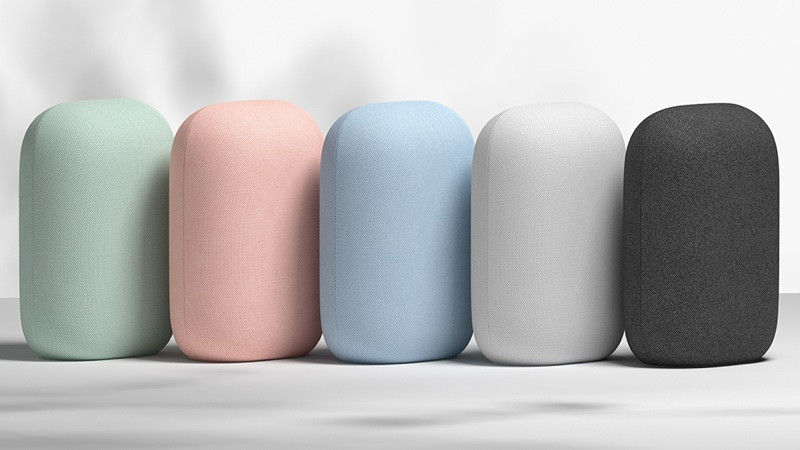
Set up Google smart speaker audio groups
Assuming you’ve already set up and placed the individual speakers, go to the Google Home app on your phone/tablet and make sure everything – all the speakers and your mobile device – is connected to the same Wi-Fi network.
Tap the plus in the top left corner and then hit Create speaker group, which will show you speakers on your network.
Add the speakers and audio devices (i.e. Chromecasts) that you want in a group and name it – think ‘downstairs’, ‘upstairs’, ‘party’ and so on.
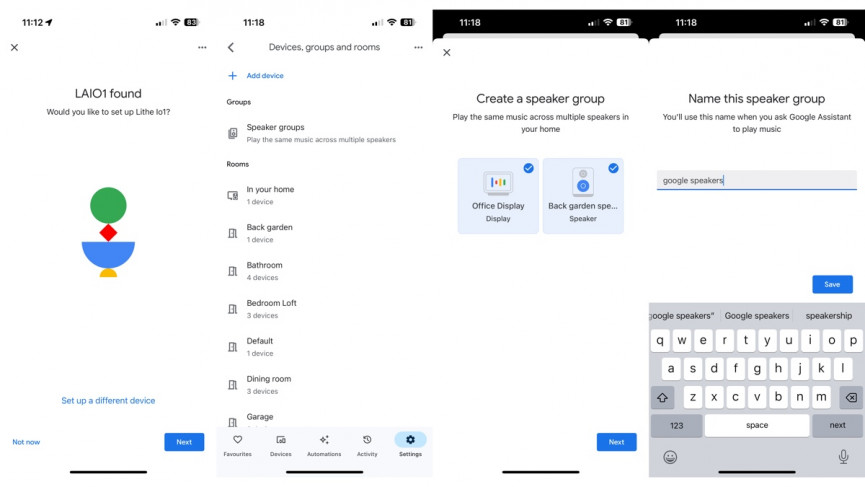
You’ll need at least two devices for a group and you also need to link the group to your Google account to use voice controls and access your personal preferences.
You’ll also notice that on the Home screen of the Google Home app your speakers (and other devices) will be displayed in rooms e.g. ‘Living room’ and ‘Bathroom’ which is a handy way to glance at them.
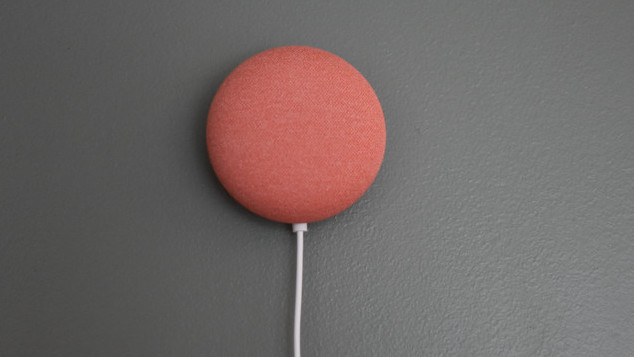
Control your groups with voice
Essentially, these are the same Google Assistant commands as for a single speaker – and obviously you need to speak to a speaker with far-field mics and Assistant built-in; you won’t be able to speak to every device with Chromecast built-in.
- “Hey Google, play Wine Goes In on all speakers”
- “Ok Google, play Elton John on office speakers”
- “Hey Google, set volume to 5 downstairs”
- “Ok Google, play/pause/resume/stop/play next song on Home group”
If you want to mix and match voice and smartphone controls, you can control your music by hitting the Cast button in an app like Spotify and doing things from there.
Once you’ve mastered the basics, you can also do things like setting up a Google Home Routine so that your multi-room speakers start playing music when you get home.
You can now even schedule it so that your wake-up music starts playing at a certain time in the morning.
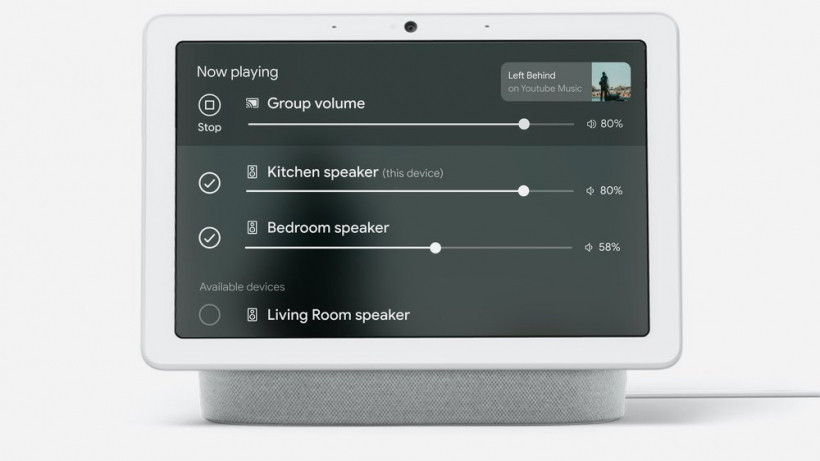
Controlling multi-room on a Google Nest Hubs
Multi-room audio using Google Assistant and Nest Home speakers recently became a whole lot easier with Assistant-enabled Smart Displays.
Google Assistant Smart Displays, including native ones like the Nest Hub or third party efforts from the likes of Lenovo or JBL, have been updated to include multi-room audio control screens.
Much like you’d see in the Sonos S2 app, or on dedicated displays from the likes of Control 4, users will be able to group Google Assistant smart speakers together, add new ones in, choose the music and control the volume for music streaming in whatever rooms they have devices set up in.
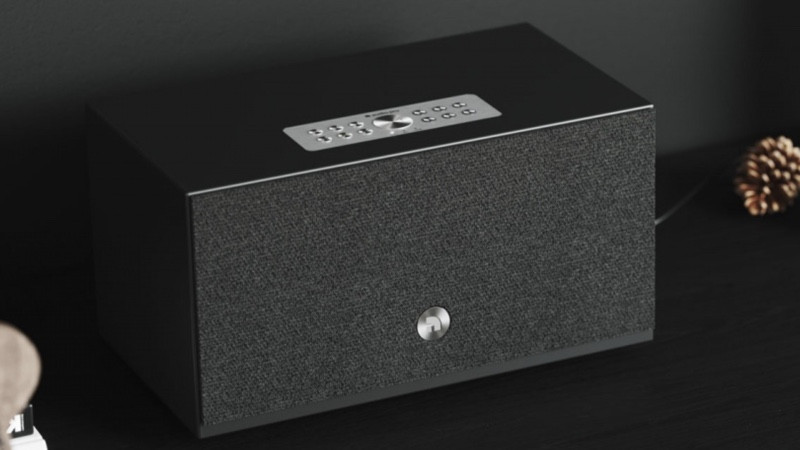
Music, podcasts, radio, and more
This multi-room audio playback is not limited to just Google’s own music streaming platforms; you’ll be able to control music, podcast and radio playback from the likes of Spotify, SiriusXM and Pandora as well.
Issues with volume control
Following Google’s legal woes with Sonos, in early 2022, it actually became a bit more difficult to control the volume of speaker groups in a Google multi-room music setup.


